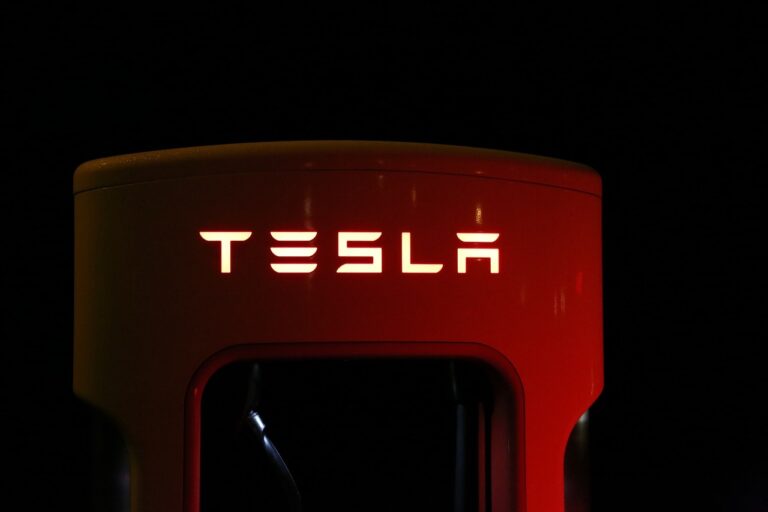The Role of Government Incentives in Promoting Electric Vehicle Adoption
Government support plays a crucial role in accelerating the adoption of electric vehicles (EVs) worldwide. By implementing policies and incentives that promote the use of EVs, governments can significantly reduce greenhouse gas emissions and combat climate change. Initiatives such as financial incentives, infrastructure development, and research funding are essential in driving the uptake of electric vehicles among consumers and businesses.
Moreover, government support is instrumental in overcoming barriers to EV adoption, such as high upfront costs, range anxiety, and limited charging infrastructure. Through targeted interventions and strategic partnerships with industry stakeholders, governments can create an environment conducive to the widespread adoption of electric vehicles. By incentivizing the transition to cleaner and more sustainable transportation options, policymakers play a critical role in shaping the future of mobility and ensuring a greener tomorrow.
Financial incentives, such as tax credits and rebates, make EVs more affordable for consumers
Infrastructure development, including the installation of charging stations, reduces range anxiety and increases convenience for EV owners
Research funding supports innovation in battery technology and other key areas to improve the performance and affordability of electric vehicles
Current State of Electric Vehicle Adoption
The adoption of electric vehicles is steadily gaining momentum worldwide. With a growing concern for environmental sustainability and an increasing focus on reducing carbon emissions, more individuals and businesses are considering electric vehicles as a viable transportation option. In recent years, advancements in battery technology and a wider range of models offered by automakers have made electric vehicles more appealing to a larger demographic.
Despite the progress made in electric vehicle adoption, there are still challenges that need to be addressed. Issues such as limited charging infrastructure, higher upfront costs compared to traditional vehicles, and concerns about battery range anxiety continue to hinder widespread adoption. Governments and policymakers play a crucial role in incentivizing the transition to electric vehicles through initiatives such as tax credits, rebates, and subsidies to make electric vehicles more accessible and affordable for consumers.
Types of Government Incentives Available
Electric vehicle adoption has been on the rise in recent years, thanks in part to various government incentives that aim to promote the shift towards greener transportation options. One common form of incentive is the provision of tax credits or rebates for individuals who purchase electric vehicles. These financial incentives help offset the typically higher upfront cost of electric vehicles compared to traditional gasoline-powered cars.
In addition to tax credits, some governments offer incentives such as reduced registration fees, access to carpool lanes, and free parking for electric vehicle owners. These perks not only make electric vehicles more attractive to consumers but also help alleviate some of the concerns related to range anxiety and infrastructure availability. By providing a range of incentives, governments can play a crucial role in accelerating the adoption of electric vehicles and reducing greenhouse gas emissions in the transportation sector.
Why is government support important for promoting electric vehicle adoption?
Government support is crucial in encouraging consumers to switch to electric vehicles by offering financial incentives, tax credits, and infrastructure development.
What are some of the current incentives offered by governments to promote the adoption of electric vehicles?
Some common types of incentives include tax credits, rebates, grants for charging infrastructure, and exemptions from congestion charges or tolls.
How can government incentives help accelerate the transition to electric vehicles?
Government incentives can make electric vehicles more affordable for consumers, incentivize automakers to produce more electric vehicles, and help build the necessary infrastructure for charging stations.
Are government incentives available globally or do they vary by country?
Government incentives for electric vehicles vary by country and region, with some countries offering more generous incentives than others. It’s important to research what incentives are available in your area.
What is the current state of electric vehicle adoption worldwide?
Electric vehicle adoption is steadily increasing worldwide, with more consumers choosing electric vehicles for their environmental benefits and lower operating costs. However, there is still room for growth, and government incentives play a key role in accelerating adoption.







